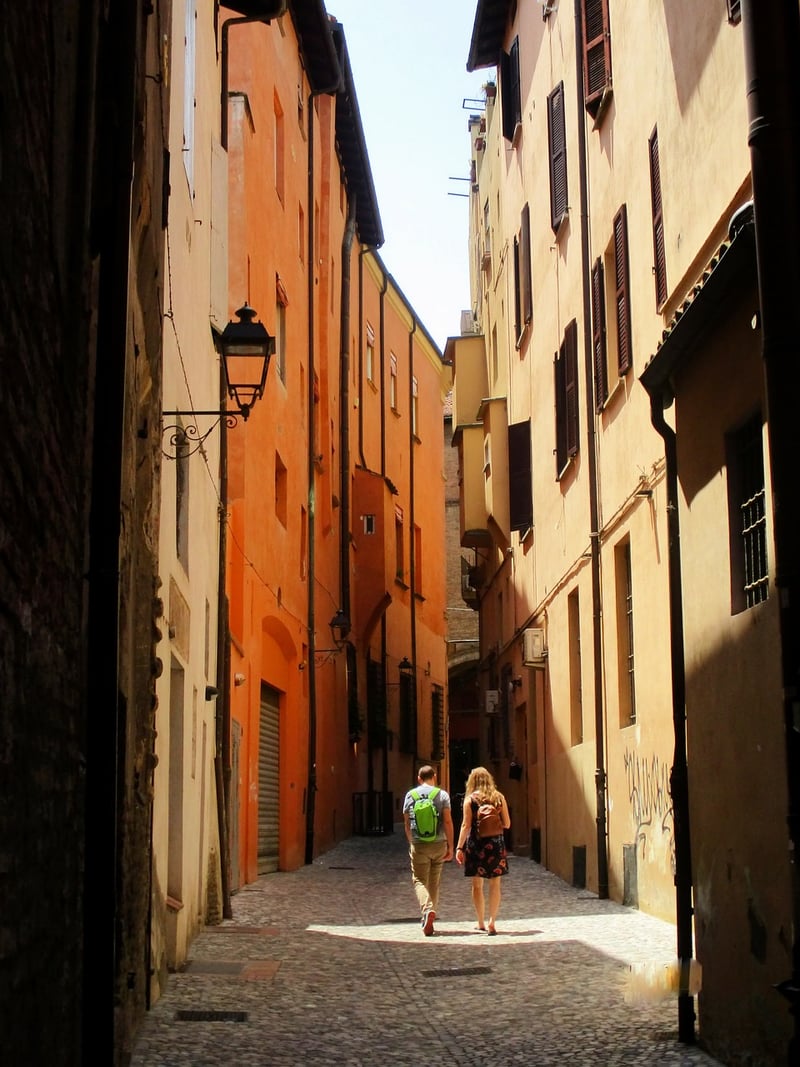Historical Etiquette
Preparing for the Journey: A Guide to Historical Etiquette
Embarking on a journey in historical times required not only physical preparation but also adherence to certain social customs and etiquette. Let's explore how travelers in the past readied themselves for their expeditions and the etiquettes they upheld along the way.
1. Packing Essentials
Before setting off on a journey, it was essential to pack the right items for the trip. Travelers would typically carry clothing suitable for the destination's climate, personal grooming items, writing materials, and a small amount of money for expenses.
2. Planning Ahead
Planning the itinerary in advance was crucial in historical times. Travelers needed to arrange transportation, accommodation, and meals along the way. It was customary to notify hosts of your arrival beforehand, especially if staying with acquaintances or relatives.
3. Social Etiquette
Observing social etiquette was highly valued during historical journeys. Travelers were expected to show respect to their hosts, fellow travelers, and locals they encountered. Politeness, good manners, and gratitude were key components of proper conduct.
4. Communication
Communication during travel was limited in the past, emphasizing the importance of sending letters or postcards to inform loved ones of your whereabouts and well-being. Writing detailed accounts of your journey was a common practice to share experiences with those back home.
5. Cultural Sensitivity
Being culturally sensitive was paramount while traveling historically. Understanding and respecting local customs, traditions, and beliefs helped foster positive interactions with people from different backgrounds. Learning basic phrases in the local language was also appreciated.
6. Safety and Security
Prioritizing safety and security during journeys was crucial in historical times. Travelers often carried protective items such as a pocket knife or a small flashlight for emergencies. Keeping valuables secure and being cautious in unfamiliar surroundings were common practices.
By following these guidelines on preparation and etiquette, historical travelers ensured a smoother and more enjoyable journey. While times have changed, incorporating these principles can still enhance modern travel experiences.
Remember, the journey is not just about the destination but also about the experiences and interactions along the way!

For more historical insights and travel tips, explore TravelThroughTime.com.
